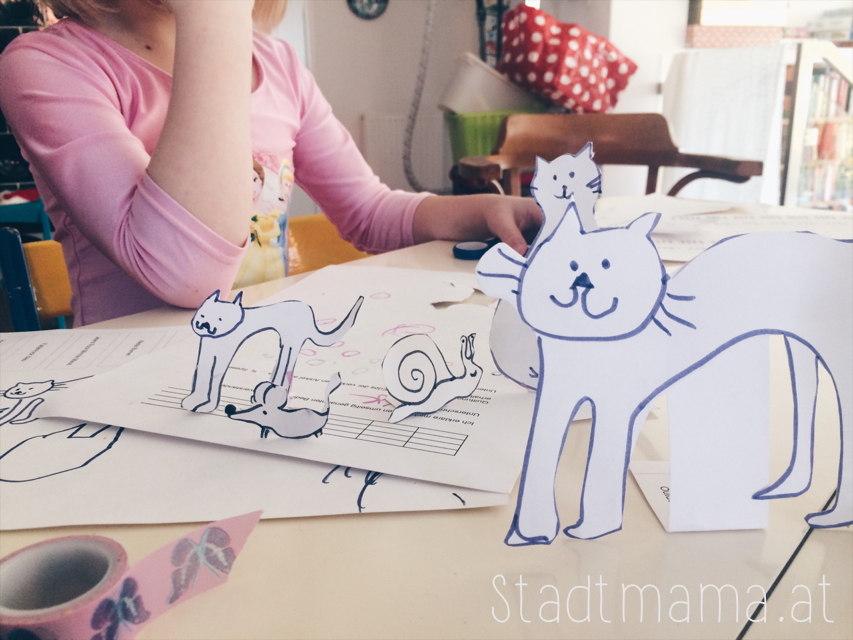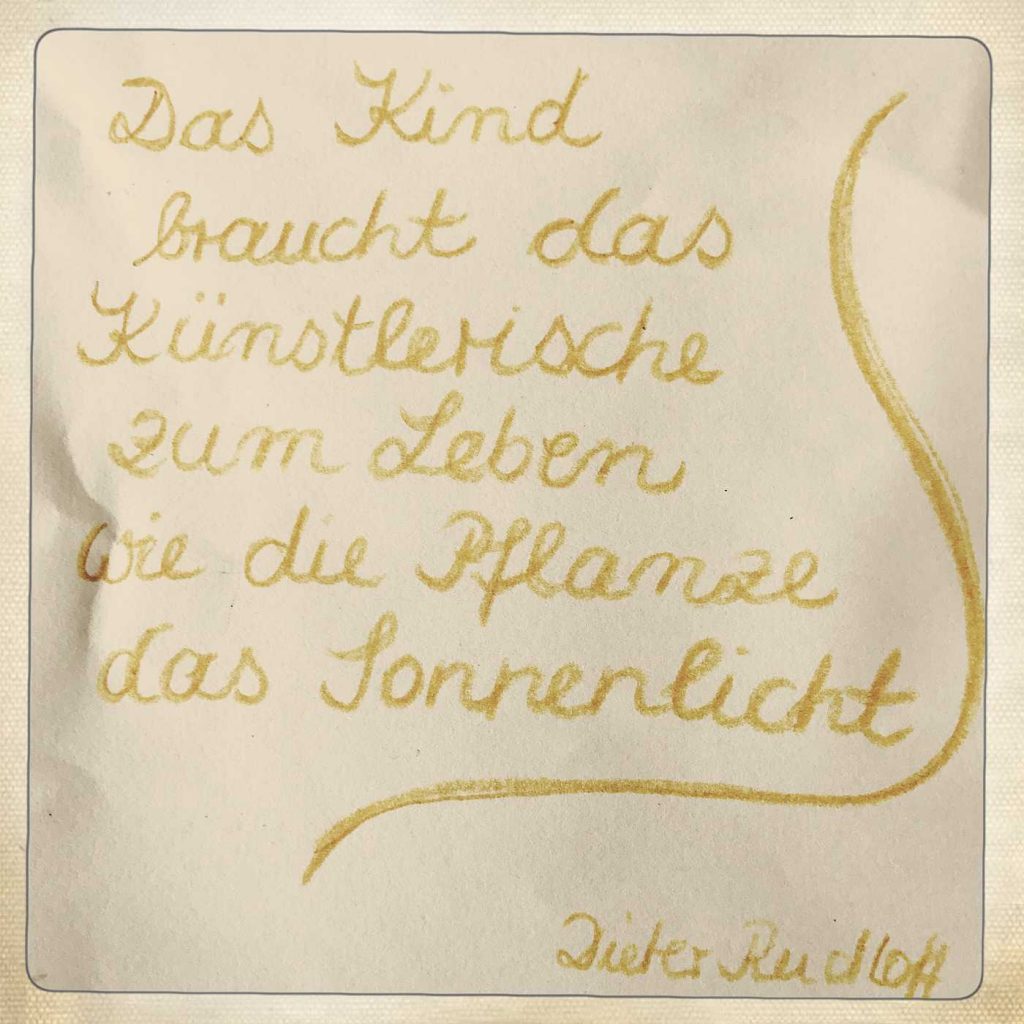Reading time: 2 minutes Children like to dig in the sand or mud for their lives. Working with natural materials is not just a game, it also helps children to experience their immediate environment with all their senses. Awaken your child’s creative urge to explore by painting with earth. The children make the earth colors themselves.

How your children paint pictures close to nature with earth
The soil is the top layer of the earth’s crust. Soil is formed from rock, which is weathered, for example, by wind, rain or strong temperature differences. Enough algae and mosses settle on this inanimate raw material. These rot and mix with the weathered rock. When organic substances decompose, the valuable humus, the active part of the soil, forms.
In addition, the earth is permeated with air and water. They loosen the soil and provide the ideal basis for the growth of plants.
The different earth colors
Base rock and climate influence the composition of the soil. That is why the ground has different colors depending on the location. For example, red earth contains iron and green earth contains iron silicates. To paint with earth, look for different colored soil samples with your child.
Sand is yellow, fertile arable soil with humus content is black and clay soils change in all tones. You may also find reddish or ocher-colored soil types on vacation.
Well prepared for collecting earth
To collect different soil samples, you need several screw jars with lids and a shovel. Her child wearing preferably rubber boots. You will find soil in the garden, forest, park, roadside or on green areas. Construction sites or gravel pits are particularly exciting. Do not enter without the owner’s permission.
Your child shovels the individual types of soil into the glasses. The content of a medium-sized glass is enough for each color. If present, fragments of a brick can also be crushed.
How to touch the earth colors
Even the primitive people embellished their caves with colors that they made from earth, fruits or charred wood. Artists in earlier times also touched their colors themselves. The color pigments were obtained from natural materials and mixed with a binder such as egg yolk. A binder is also necessary for earth colors, otherwise the dry earth would crumble from the surface.
Material:
- Different soil samples
- wallpaper paste
- small sand sieve
- Bucket or bowl with a lid
- one screw jar per soil sample
- water
- old wooden spoon for mixing the paste
- possibly old cloth / plastic bag and hammer
Production Instructions:
The paste is first mixed in the small bucket or bowl according to the package instructions. The paste does not dry out in the closed container. Then the children screen the first soil sample to remove sticks, leaves, or other contaminants. If animals crawl in the sample, release them in the wild.
Fill about half of a screw-top jar with the earth. Then gradually add the paste and mix with the old wooden spoon. If the earth is very dry, add some water. Optimal is a not too thin, but still spreadable consistency of the color.
Process the other soil samples into colors as well. Place pieces of brick in an old cloth or a sturdy plastic bag and chop them carefully with a hammer.
Tip: The earth colors mixed in this way are very similar to the raw material. If you want to get finer color, you can also crush the earth in a mortar.
This is how your children paint with earth
Paper, cardboard, wrapping paper or wallpaper remains are suitable as background. The children either paint with the Fingers or use a thick brush. Close the jars tightly after use. So the earth colors last a few weeks, they may have to be mixed with water.
By dealing with natural materials such as the earth and the ground, the children get to know their environment with all their senses. Let the children but always plenty of room for your own experiences. In children’s play with sand or mud, children learn a lot about relationships in nature, for example, the water immediately seeps into the sand, but it can be shaped by moisture.
Tip: Dark earth colors mostly arise from the native earth. If your child is enthusiastic about painting with earth, you can also purchase strong earth pigments on the Internet.
Photo credit: andreusK / stock.adobe.com
PS: Quality management is important to us!
Please let us know how you like our contribution. To do this, click on the asterisks shown below (5 asterisks = very good):
RELATED ITEMS
-

Hives in children, pictures, nettle fever, duration, contagious, home remedies
Urticaria or hives is a skin reaction that causes spots or red, itchy plaques on the body. Swelling and itching…
-

Why painting together with children is so important, 3 creative ideas
Do your children like to paint? I’m sure I don’t actually know a child who doesn’t have at least one phase in which they like to paint. Painting is one…
-

Why do children paint with watercolor in kindergarten
Parents ‘evening on the subject of watercolor painting in kindergarten Last night in our kindergarten there was a very nice parents’ evening on the subject…
-

Holistic support through (accompanied) painting
Painting and creative design are an essential contribution to the holistic promotion of children and young people. Especially the accompanied painting,…
